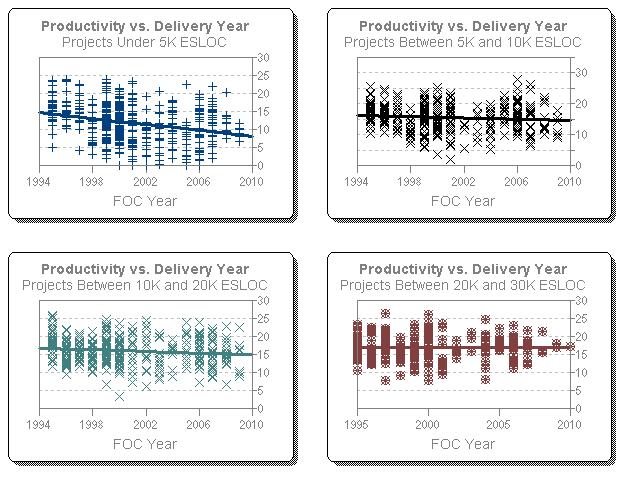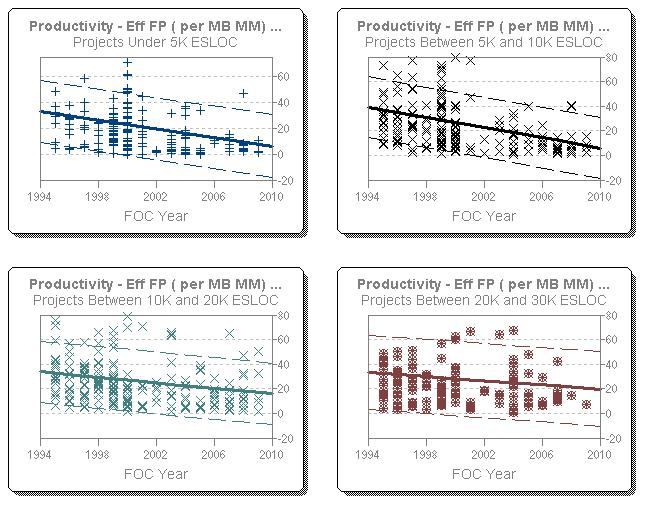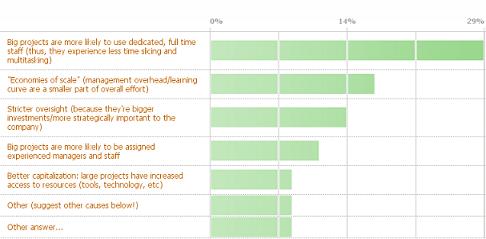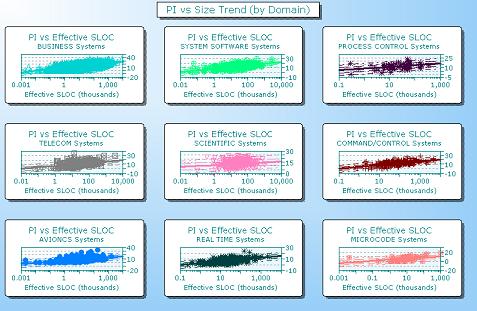Is Better Software Productivity Always the Right Goal?
Some years ago, the large systems integrator I worked for brought in a new CEO in an attempt to jump start the company. We had lost our position as number one in the industry and leadership had become stagnant and ingrown. The new CEO, who did not have a software background, liked to promise that we could deliver our projects “Faster, Better, and Cheaper." That sounds wonderful, but is rapid process improvement in three dimensions really possible? The short answer is “No” – at least not in the short term. Here’s why.
To deliver a software project faster one of two things has to occur:
- Productivity must increase or
- More effort (cost) must be applied to the project.
Increasing productivity is a long term strategy that entails improving how the organization works. It has nothing to do with mandating unpaid overtime or telling developers to “work smarter.” In fact, those strategies are usually counterproductive.

 So, just why do we want to measure software productivity (without using the root word “productive” in the answer)? I believe that it comes down to the desire to numerically evaluate an inherently complex process so that quantitative comparisons can be made to provide a basis for decision making:
So, just why do we want to measure software productivity (without using the root word “productive” in the answer)? I believe that it comes down to the desire to numerically evaluate an inherently complex process so that quantitative comparisons can be made to provide a basis for decision making:



 Back in great-Grandma's time, cleaning was a labor intensive endeavor. Rugs were swept once or twice a week and taken outside and beaten by hand once a year. Those cheery little scrubbing bubbles weren't around to whisk the pesky soap scum from our bathtubs -
Back in great-Grandma's time, cleaning was a labor intensive endeavor. Rugs were swept once or twice a week and taken outside and beaten by hand once a year. Those cheery little scrubbing bubbles weren't around to whisk the pesky soap scum from our bathtubs -